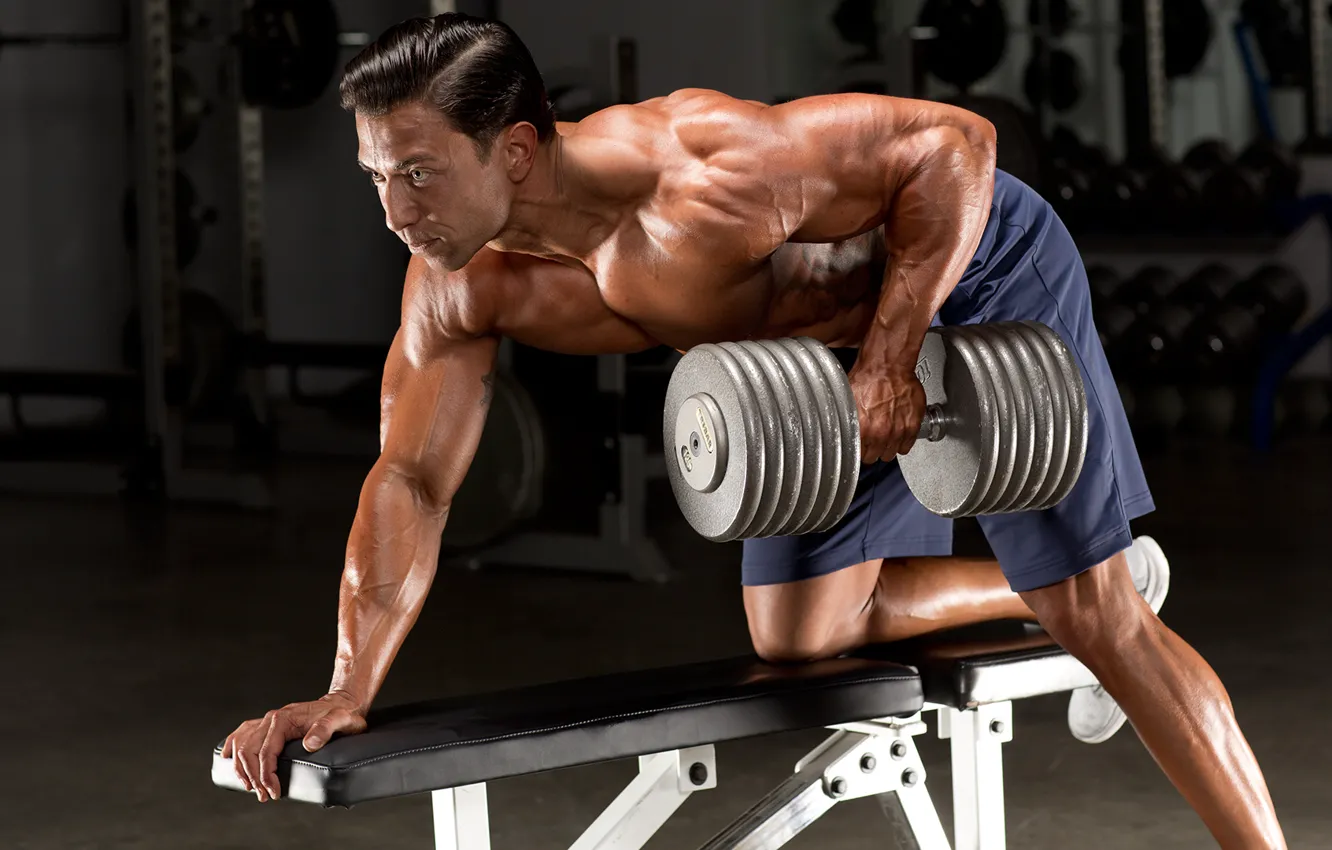Dumbells are one of the most versatile and accessible workout equipment, allowing for a wide range of exercises that can target almost every muscle group. Whether a beginner or an experienced lifter, maximizing your workout with dumbells can help you achieve your fitness goals more efficiently. This article will explore various strategies to get the most out of your dumbell workouts, including exercise selection, workout structure, technique, and progression.
1. Understand The Basics: Why Dumbells?
Dumbells offer a unique combination of versatility, effectiveness, and convenience. They allow for a full range of motion and require greater stabilization, engaging more muscles during exercises. This makes dumbell exercises more functional and closer to real-life movements compared to machines. Additionally, dumbells are easily adjustable in weight, making them suitable for all fitness levels.
2. Plan A Well-Rounded Workout Routine
To maximize your workout, it’s crucial to design a balanced routine that targets all major muscle groups. A full-body workout ensures that no muscle is neglected, which can help prevent imbalances and reduce the risk of injury. Here’s a sample routine that you can follow:
Day 1: Upper Body
Chest: Dumbell Bench Press, Dumbell Flyes
Back: Dumbell Rows, Reverse Flyes
Shoulders: Dumbells Shoulder Press, Lateral Raises
Arms: Bicep Curls, Tricep Kickbacks
Day 2: Lower Body
Legs: Dumbell Squats, Lunges, Deadlifts
Glutes: Dumbell Hip Thrusts, Step-Ups
Calves: Standing Calf Raises
Day 3: Core And Functional Training
Core: Dumbell Russian Twists, Dumbell Side Bends
Functional: Dumbell Farmers Walk, Turkish Get-Up
This structure allows for adequate recovery between workouts while ensuring that each muscle group is effectively targeted.
3. Focus On Compound Movements
Compound movements, which involve multiple joints and muscle groups, are particularly effective when using dumbells. Exercises like squats, deadlifts, bench presses, and rows not only build strength but also improve coordination and stability. By engaging several muscles at once, you can increase calorie burn and workout efficiency.
Examples Of Compound Dumbell Exercises:
Dumbell Squat To Press: Combines a squat and an overhead press, working your legs, core, and shoulders in one movement.
Renegade Rows: A plank combined with rowing, targeting the back, core, and arms while also improving stability.
Dumbell Deadlift To Upright Row: Targets the hamstrings, glutes, and upper back.
Focusing on these compound movements can help you build strength more quickly and improve overall functional fitness.
4. Master The Technique
Proper technique is essential to maximize the benefits of dumbells workout and avoid injury. Here are some tips to ensure you’re performing exercises correctly:
.Control The Movement: Focus on controlled, deliberate movements rather than rushing through your reps. This engages the muscles more effectively and helps improve strength and endurance.
Maintain A Neutral Spine: For many exercises, such as deadlifts and rows, it’s important to keep your spine in a neutral position to avoid strain. Engage your core and avoid rounding or arching your back.
Breathe Properly: Exhale during the exertion phase (e.g., lifting the weight) and inhale during the return phase. Proper breathing helps stabilize your core and can prevent dizziness or lightheadedness.
5. Incorporate Progressive Overload
To continue making gains, it’s important to progressively challenge your muscles by increasing the weight, reps, or intensity over time. This concept, known as progressive overload, is key to building strength and muscle mass.
Ways To Implement Progressive Overload:
Increase the Weight: Gradually increase the dumbell weight as you get stronger. Aim to increase by 5-10% once you can comfortably complete all your sets and reps.
Increase the Reps: Once you’ve mastered a weight, try adding more reps to your sets. This can increase muscular endurance and help break through plateaus.
Change the Tempo: Slowing down the eccentric (lowering) phase of the lift increases time under tension, which can lead to greater muscle growth.
Reduce Rest Time: Decreasing the rest time between sets can increase the intensity of your workout, leading to greater calorie burn and cardiovascular benefits.
6. Balance Strength And Hypertrophy Work
To maximize your results, it’s important to balance strength training with hypertrophy (muscle growth) training. Strength is typically built with lower reps (4-6) and heavier weights, while hypertrophy is achieved with moderate reps (8-12) and slightly lighter weights.
Sample Approach:
Strength Focus: Start your workout with heavy compound movements for 4-6 reps.
Hypertrophy Focus: Follow with isolation exercises or lighter compound movements for 8-12 reps.
This combination allows you to build both size and strength effectively.
7. Consistency Is Key
Consistency in your workout routine is critical for long-term success. Aim to train at least three times a week, gradually increasing the frequency and intensity as you progress. Consistent training, combined with adequate nutrition and rest, will lead to steady improvements in strength, endurance, and muscle growth.
8. Nutrition And Recovery
Without proper nutrition and recovery, no workout plan is complete. Your muscles need fuel to repair and grow, so ensure you’re consuming enough protein, carbohydrates, and healthy fats. Post-workout nutrition is particularly important, as it helps replenish glycogen stores and kickstart muscle recovery.

1 thought on “How To Maximize Your Workout With Dumbells.”